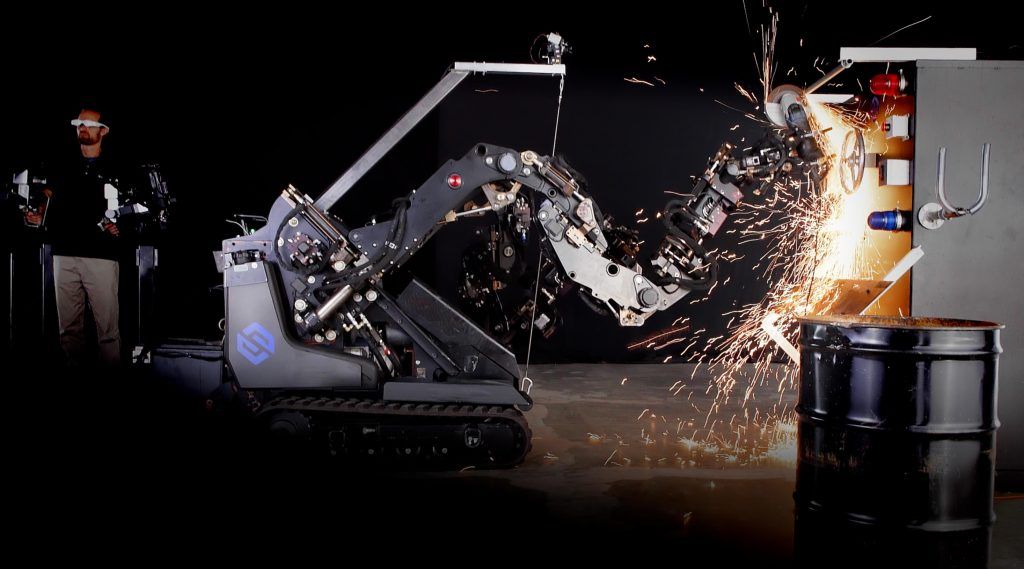China, United States, Germany, Italy and Mexico were the top importers of industrial robots in 2022.
Industrial robots have been commercially available and used in industrial and manufacturing environments for many decades.
They are typically large, stationary machines designed to automate repetitive tasks in a controlled environment (e.g., a factory assembly line) that require greater speed and strength than a human can achieve.
For manufacturing tasks, industrial robots generally execute plans through memory programming (functions that are programmed in advance by a human engineer).
In 2022, Chinese imports of industrial robots recorded a 10% year-on-year drop to $1.375 billion.
Other leading importers of industrial robots were, according to the WTO: the United States ($540 million, +6% year-on-year), Germany ($423 million, -3%), Italy ($259 million, +25%) and Mexico ($194 million, +44 percent).
Over time, industrial robots have become more sophisticated. Sarcos Technology and Robotics Corporation notes that industrial robots have experienced widespread adoption in a number of applications and have gained acceptance in many industries.
However, the company adds that these heavy industrial robots generally require workspaces to be configured around them and large safety cages to protect workers in the factory, consume significant amounts of energy and space, are substantially less agile and versatile than humans, and are difficult and expensive to move from one location to another.
Industrial robots
These characteristics often limit the number of use cases to highly routine tasks.
As a result, two new product categories, called collaborative robots or cobots and automated mobile robots or AMRs, are gaining ground in the market.
Advances in tangential technologies such as grippers, vision systems, cloud computing, augmented reality or AR and artificial intelligence or AI have led to wider adoption and commercial viability of cobots and AMRs.
These advances have offered greater safety and operational flexibility, allowing robots to be safely deployed alongside humans, revolutionizing the historical industrial robotics industry and labor markets, while offering more advanced capabilities than previous models.
However, Sarcos Technology and Robotics Corporation exposes that neither cobots nor AMRs are designed to perform tasks in dynamic or unstructured environments, especially outdoors.
Like their predecessors, they are automation tools, designed and programmed to perform routine tasks.
They also generally lack human dexterity and the ability to lift and manipulate heavy objects.

